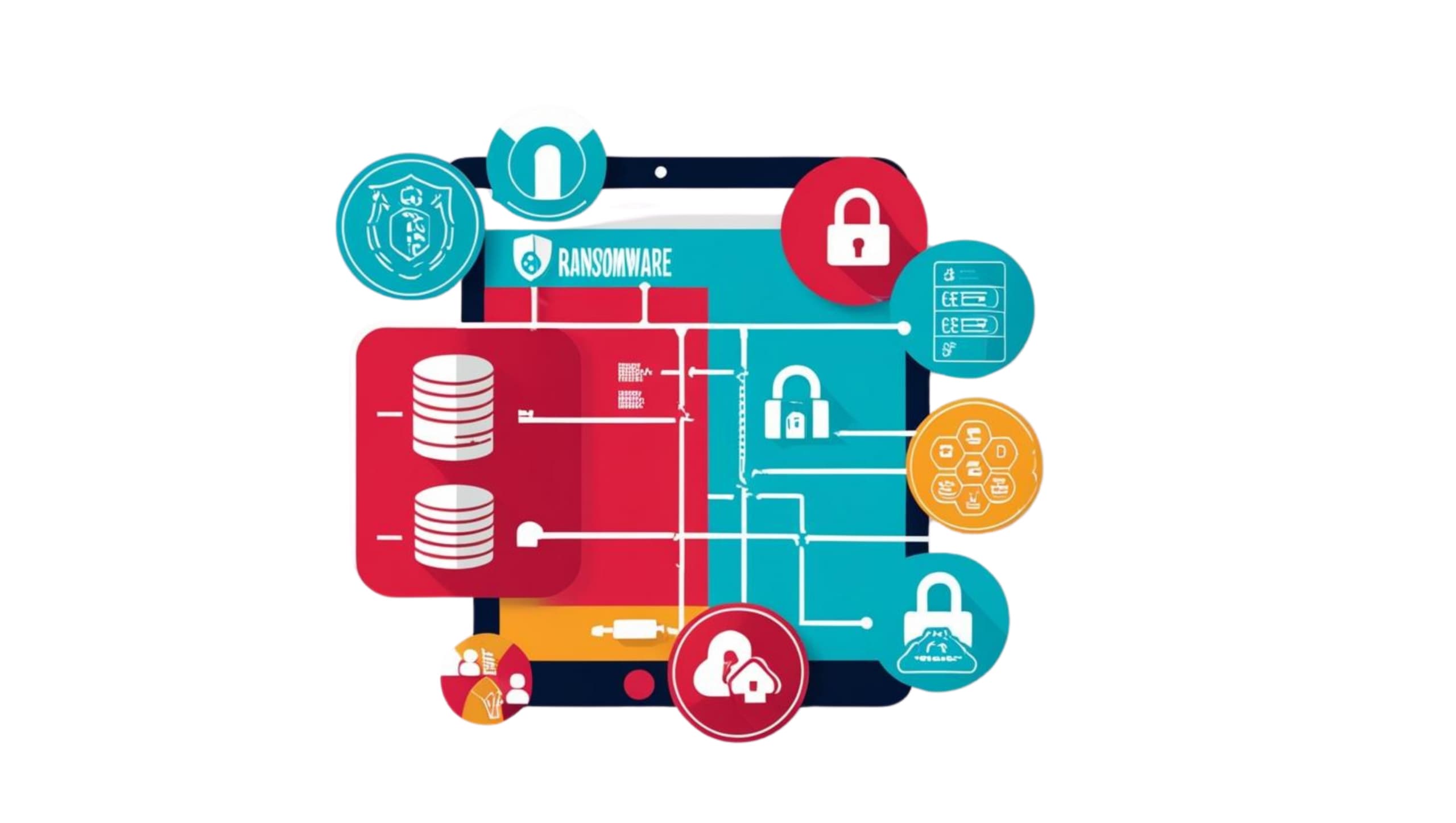Ransomware is one of the most dangerous and rapidly evolving cyber threats facing enterprises today. This form of malware has grown increasingly common, targeting businesses of all sizes and causing severe disruptions — from encrypted data to paralyzed operations and costly recovery efforts.
For CIOs and CISOs, understanding how ransomware works, how to prevent infections, and how to recover quickly is essential to protecting sensitive company data and ensuring business continuity. This article provides a clear breakdown of what ransomware is, how it spreads, and how secure file sharing and cloud-based backups can play a critical role in mitigating risk.
What Is Ransomware?
Ransomware is a type of malicious software (malware) that encrypts a victim’s files or entire systems, rendering them inaccessible. Attackers then demand a ransom — often in cryptocurrency — in exchange for a decryption key.
It’s a form of digital extortion, and the damage can be devastating. If the ransom isn’t paid, the attacker may destroy the data or leak it on the dark web. Even if the ransom is paid, there’s no guarantee the data will be restored.
The threat is rising fast. In 2023, ransomware attacks increased by 95% compared to 2022, according to Corvus Insurance. More than 4,000 victims were reported on dark web leak sites — and that’s just the publicly disclosed cases.
How Ransomware Works
Ransomware typically spreads through deceptive methods such as phishing emails, malicious file downloads, or software vulnerabilities. Most ransomware variants operate like Trojan horses: They appear harmless (a PDF, spreadsheet, or document), but once opened, the malware activates and begins encrypting data.
Once encryption is complete, victims receive a ransom note with instructions on how to make a payment to unlock their files. However, paying the ransom doesn’t guarantee recovery. A Sophos study revealed that only 50% of organizations that paid ransoms successfully recovered their data — and many were targeted again after paying.
The Double Threat: Financial Loss and Repeat Attacks
Paying a ransom doesn’t just risk losing money — it can make your organization a repeat target. Attackers often return to companies they know are willing to pay. One study found that 80% of businesses that paid a ransom were attacked again, often by the same group.
The key takeaway? Prevention and recovery readiness are far more reliable than payment.
How to Prevent a Ransomware Attack
Preventing ransomware requires a layered defense strategy. Here’s what CIOs and CISOs should focus on:
1. Strengthen Email and Endpoint Security
Phishing remains the most common delivery method for ransomware. Train employees to recognize suspicious emails, avoid clicking on unknown links, and never open unexpected attachments.
Use advanced threat protection on endpoints to detect and block malware before it executes. This includes anti-malware software, intrusion detection systems, and behavioral analytics.
2. Monitor for Unusual Activity
Implement ransomware detection systems that monitor network traffic for anomalies — such as rapid file encryption, data exfiltration, or unauthorized access attempts. Early detection gives you time to respond before damage escalates.
3. Patch and Update Systems
Many ransomware attacks exploit known vulnerabilities in outdated software. Regularly apply security patches and updates to operating systems, browsers, and third-party applications to reduce your attack surface.
4. Limit Access and Permissions
Follow the principle of least privilege. Ensure users only have access to the files and systems they need. Segment your network to contain the spread if an attacker gains access.
How to Recover After a Ransomware Attack
Even with strong defenses, ransomware can still get through. That’s why recovery planning is just as important as prevention.
Use Cloud-Based Backups with File Versioning
A secure, versioned backup system is the most effective way to restore data without paying a ransom. If an attack occurs, you can wipe infected systems and restore clean copies of your files.
At 689Cloud, our secure file sharing platform is built with this in mind. Our platform supports:
- Automated File Backup: All files shared or stored on our platform are synced and backed up in the cloud.
- File Versioning: Each time a file is updated, a new version is saved. If ransomware encrypts your data, you can roll back to a previous, uninfected version instantly.
- Granular Access Control: Ensure only authorized users have access to sensitive files, reducing the risk of lateral movement by attackers.
Best Practices for Ransomware Resilience
Here’s a checklist of best practices every enterprise should implement:
- ✅ Regularly back up mission-critical data to a secure, offsite location
- ✅ Use zero-trust principles to restrict access to sensitive data
- ✅ Encrypt data both at rest and in transit
- ✅ Perform routine security audits and penetration testing
- ✅ Create and test an incident response plan
- ✅ Educate staff with ongoing security awareness training
Why Secure File Sharing Matters
Secure file sharing platforms like 689Cloud provide a crucial line of defense against ransomware. Unlike standard cloud storage, our platform:
- Offers end-to-end encryption, ensuring no one — not even us — can view your files
- Enables remote file expiration and access revocation, so you stay in control at all times
- Supports audit trails for full visibility into who accessed or modified your data
- Helps you restore previous file versions instantly, giving you a built-in recovery plan
These features are designed to minimize the impact of ransomware and protect your business operations without disruption.
Final Thoughts
Ransomware isn’t going away — in fact, it’s evolving faster than many companies can respond. But with the right strategies in place, your organization doesn’t have to be vulnerable.
By combining proactive defenses, secure file sharing, and smart recovery planning, CIOs and CISOs can dramatically reduce the risk of ransomware and maintain control over their most valuable digital assets.
Want to learn how 689Cloud can help protect your enterprise from ransomware threats? Contact us today to schedule a demo or security consultation.

